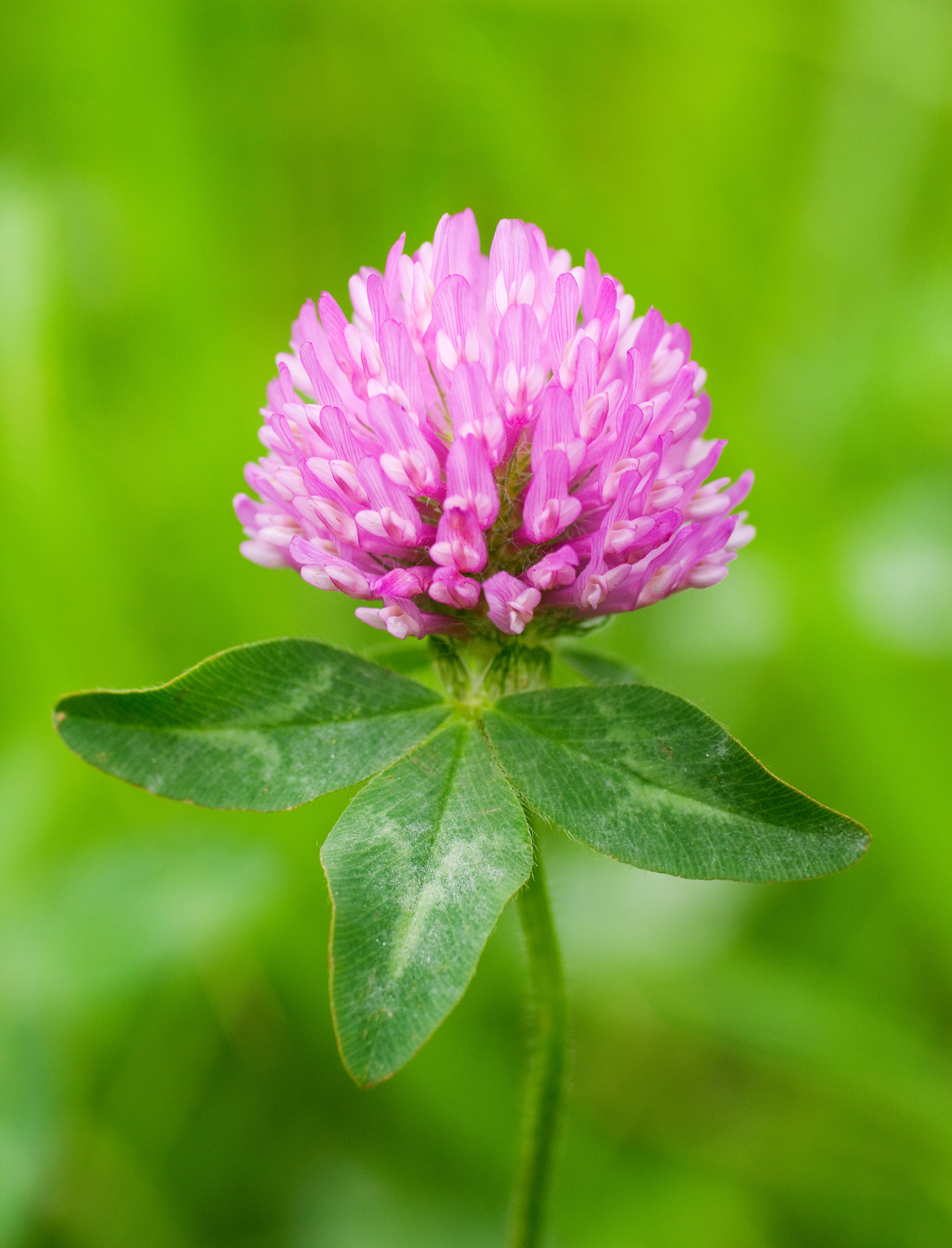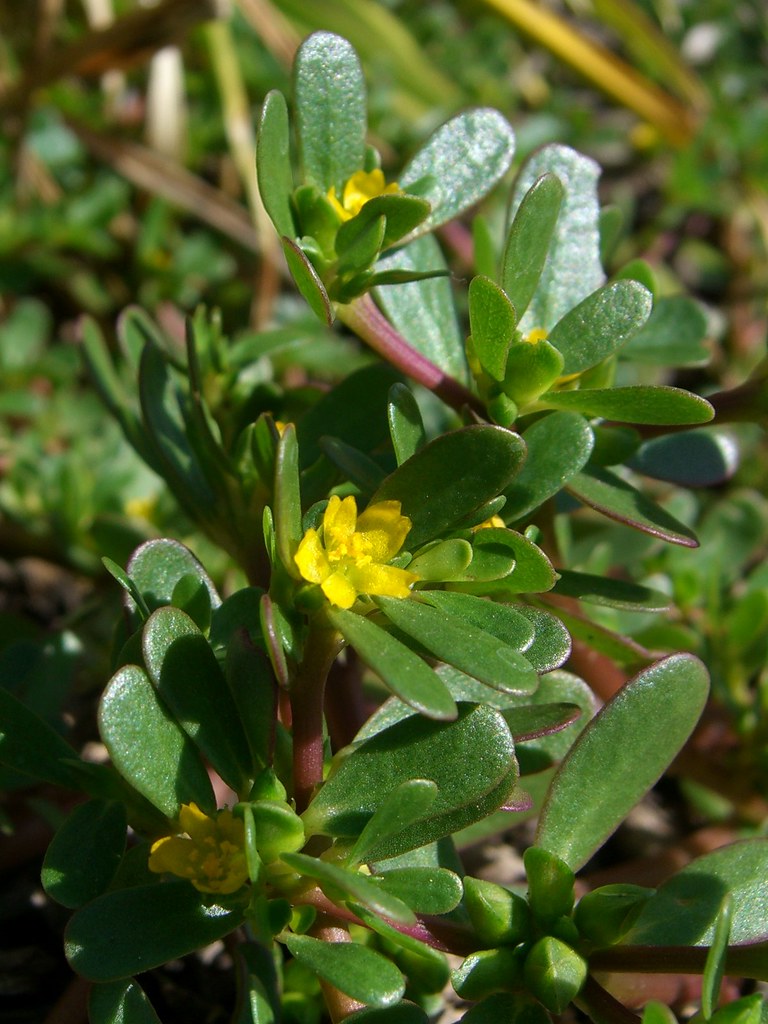After a long, late Winter the buds of Spring are beginning to show up beneath the soggy, wet earth. It’s rewarding to see the colorful flowers start to bloom, but some of the lesser known plants growing closer to the ground are some of the most awesome plants. Often, these plants are called weeds, but any wild crafter will tell you that these are the plants worth waiting for. Plantain is high in vitamin A, vitamin C, and calcium. It can be eaten as a green in a salad. Most commonly, plantain is collected and made into a salve or lotion that is used to treat bee stings and other bug bites. Lotions and salves with plantain can generally be used on any skin irritations or rashes.
Dandelion leaf is commonly used in many Eastern Asian cooking traditions. It is very bitter in taste, but can be eaten as part of a salad, tincture, or tea. Dandelion is full of many vitamins including A, C, D and some B vitamins. It also contains many minerals such as iron, magnesium, zinc, potassium, manganese, copper and calcium. Most often, dandelion is used to treat problems of the liver and gallbladder. No dandelion near you? Dandelion roots and leaves can often be found in Asian markets.
 |
| Red Clover |
Red Clover has a mildly sweet taste and is a very potent herb. It is often used to treat hormone imbalances and menopausal symptoms. It is most often used in teas.
Purslane is a resilient plant that grows just about everywhere. You’ve probably seen it growing between sidewalk cracks before, or maybe even received some in a CSA basket. Purslane is full of healthy nutrients including vitamins A and C, and some B vitamins. It also contains antioxidants and omega-3 fatty acids. Purslane can add a delicious crunch to a salad, and can be added to any dish the way spinach or kale would be, such as quiches, soups, or smoothies.
 |
| Lamb's Quarter |
Lamb’s Quarter is a common backyard visitor. It is full of Potassium, Vitamins A and C, magnesium, and Calcium. It is considered a very nutritious plant. It can be used the way any other green would, like spinach or kale. Lamb’s Quarter is high in oxalic acid, which can irritate some people. Cooking the plant reduces the oxalic acid content, making it potentially easier on the stomach.
 |
| Stinging Nettle |
Stinging Nettle is another healthy green that grows in the wild. Contrary to its scary name, nettle is very beneficial plant. It does have tiny little stingers attached to the stem and underside of the leaf, but these are easily dissolved in heat from cooking or hot water. Nettle is very high in antioxidants, vitamins and minerals, like iron. It is anti-inflammatory and good for immune system function. It can help to reduce symptoms of allergies, and can also be used as a scalp treatment.
Note of caution: Do not harvest any plants you do not know, or without an experienced forager. It is important to be familiar with the source of these plants to prohibit any illness.This information is meant to be educational, not prescriptive. Always check with your doctor and/or clinical herbalist before taking herbal medications.
Learn More:




Comments
Post a Comment